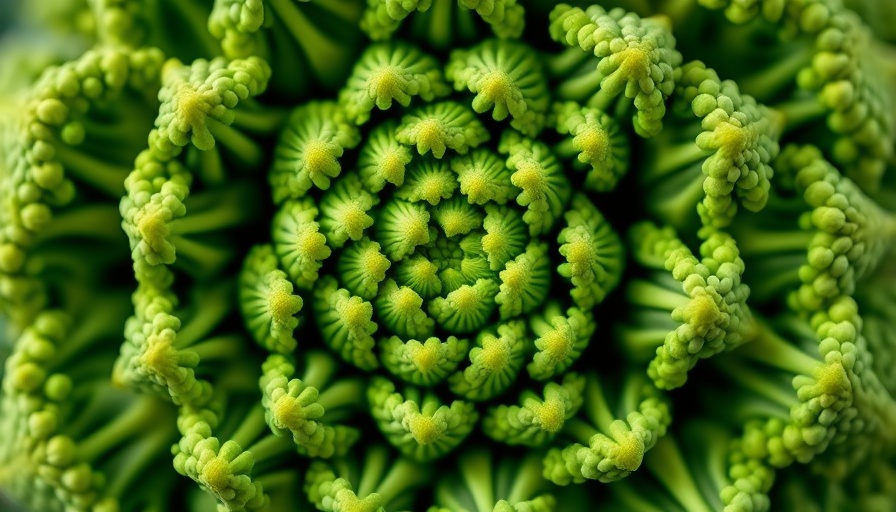
Discover the Unique Beauty of Romanesco Broccoli
If there exists a contender for the title of the most visually striking vegetable, it has to be Romanesco broccoli. Its swirling, fractal appearance dazzles both the eye and the palate, capturing the attention of anyone venturing down the produce aisle. Even children, with their innate curiosity, often stop in awe before this intricate marvel, part of the Brassica family, which includes its more commonly known relatives—broccoli, cauliflower, and cabbage.
What Exactly is Romanesco Broccoli?
Before we delve into the planting techniques for Romanesco, let’s clarify some misconceptions. Despite its name and appearance, Romanesco isn’t simply a new variety of broccoli. Often referred to as “Roman cauliflower,” its actual lineage traces back to centuries of selective breeding in Italy, where it was cultivated before the 15th century. It’s considered a variety of Brassica oleracea and, while it bears resemblance to both cauliflower and broccoli, it's a distinct plant known for its slightly nutty flavor, making it a delightful addition to many dishes.
Step-by-Step Guide to Growing Romanesco
For those eager to grow this stunning vegetable at home, here’s a concise guide on how to plant and cultivate Romanesco broccoli:
- Sowing: Start seeds indoors about 4-6 weeks before the last frost. Use organic seed starting mix and keep them moist but not soggy.
- Planting: Once seedlings have 2-3 true leaves, transplant them to the garden. Space them 16-18 inches apart, as they will develop into large, impressive heads.
- Soil Requirements: Romanesco thrives in rich, well-draining soil with a pH of 6.0-7.5. Amending the soil with compost can boost nutrient levels and encourage healthy growth.
- Watering: Keep the soil consistently moist, especially during dry spells. Romanesco prefers moderate water needs, so deep watering is key.
- Harvesting: Typically, Romanesco will take 75-100 days to mature. Look for a firm head that is well-defined but hasn’t begun to flower.
Pest and Disease Management
As with any garden plant, Romanesco is not immune to pests. Common culprits include aphids and cabbage worms. Employing organic pest control methods such as introducing beneficial insects or using neem oil can help maintain a healthy garden. Regular inspection of the leaves can assist in catching infestations early.
Nutritional Benefits of Romanesco
Beyond its striking aesthetics, Romanesco is packed with nutritional benefits. It’s rich in vitamins C and K, and provides a good source of fiber, making it a perfect addition to a well-rounded diet. Its unique texture and taste can be highlighted in a variety of recipes, from steaming and roasting to stir-fries and salads.
Incorporating Romanesco into Your Cooking
Once you’ve harvested your Romanesco, numerous culinary options await:
- Roasted Romanesco: Tossed in olive oil, garlic, and salt, then baked until golden, this preparation accentuates its natural flavors.
- Romanesco Stir-Fry: Combine with other vegetables and a protein source for a colorful, nutritious meal.
- Raw Romanesco: Serve it in salads or as part of a veggie platter; its funky shape makes it a conversation starter at gatherings.
Final Thoughts
Whether you consider yourself a gardening novice or an experienced green thumb, growing Romanesco broccoli can cultivate not just an appreciation of beauty in your garden but also foster a deeper understanding of sustainable living and self-sufficiency. Start your journey with this unique vegetable today, and enjoy the plethora of flavors and nutrients it brings to your meals!
 Add Row
Add Row  Add
Add 




Write A Comment